What is 'shadescaping'? Expert suggests this new trend is the secret to keeping a house cool
As temperatures soar it's time to think about the best ways to future-proof our homes to reduce the heat indoors
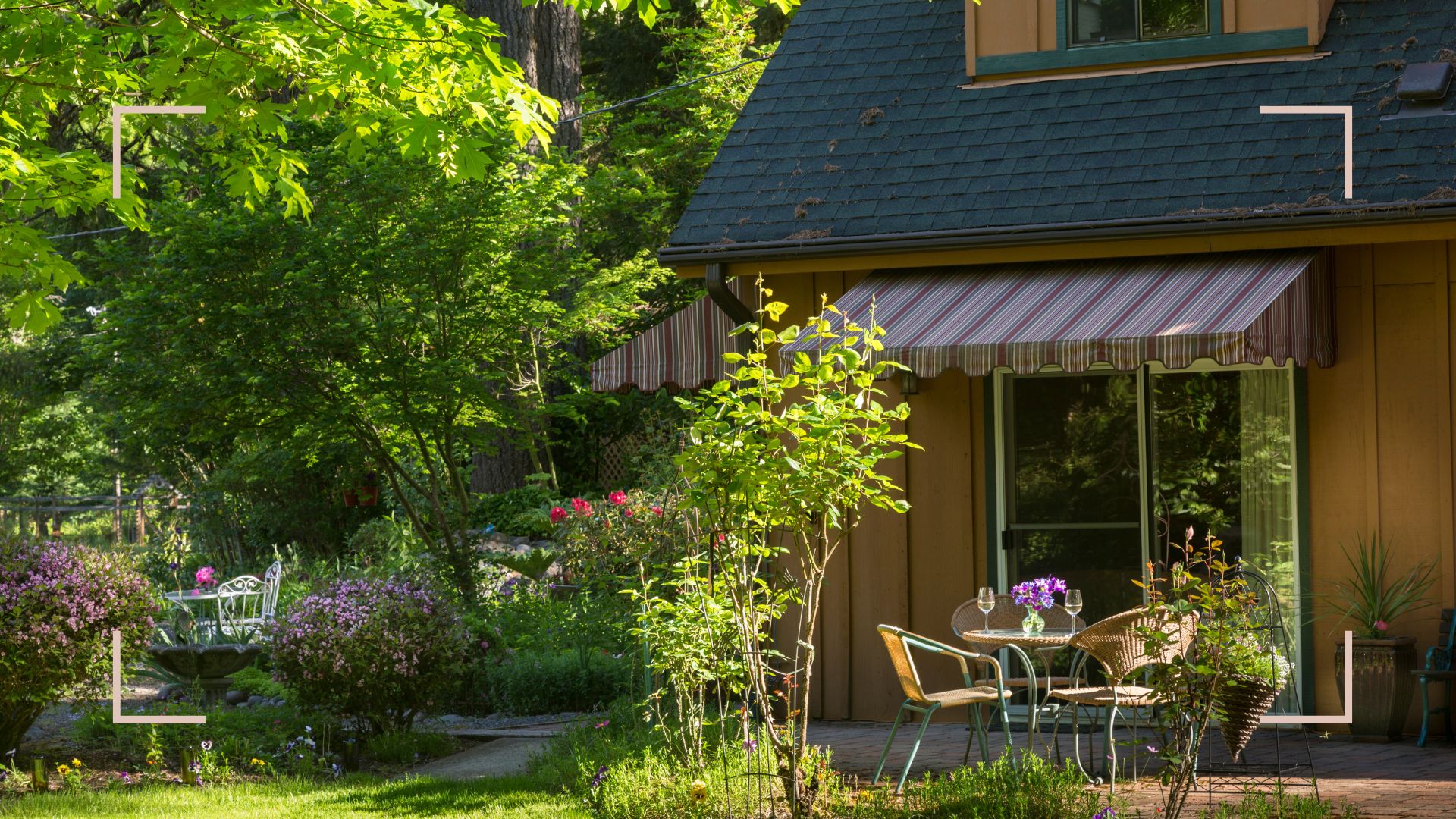

When it's sweltering outside our homes are often uncomfortable, because many aren't equipped to deal with extreme heat. We therefore need to think of ways to keep our homes and living environment cooler, which experts suggest involves 'shadescaping'.
As record-breaking temperatures continue to rise, we're undoubtedly all looking for ways to keep cool and carry on. From looking for smart ways to cool down a room without AC to finding savvy solutions to help sleep in the heat, warm temperatures are a cause to get creative to help stay cool in our homes.
The new trending term 'Shadescaping' has tweaked our curiosity, as experts in climate technology suggest it offers many principles that can help deal with the increasingly hot temperatures indoors.
What is 'Shadescaping'?
Put quite simply 'shadescaping' is the ideology that you can use mindful landscaping solutions to help better equip your home for warmer temperatures.
“Shadescaping is effectively the act of landscaping around your home to shade the property," explains Becky Lane the CEO of Furbnow, a climate tech startup which retrofits homes to reduce carbon emissions. "Keeping it cooler while also reducing water and energy consumption.”
“With the UK becoming susceptible to more intense heat waves and extreme summer weather, people are starting to place much more emphasis on how landscaping and design can play a part in making homes cooler and allow living or working from home much more comfortable during summer months.”
Experts at Furbnow believe ‘shadescaping’ is set to be one of the biggest breakout trends of 2024 due to unprecedented temperatures in recent years. Here's how you can embrace the trend...
Sign up to our free daily email for the latest royal and entertainment news, interesting opinion, expert advice on styling and beauty trends, and no-nonsense guides to the health and wellness questions you want answered.
1. Utilise plants and trees
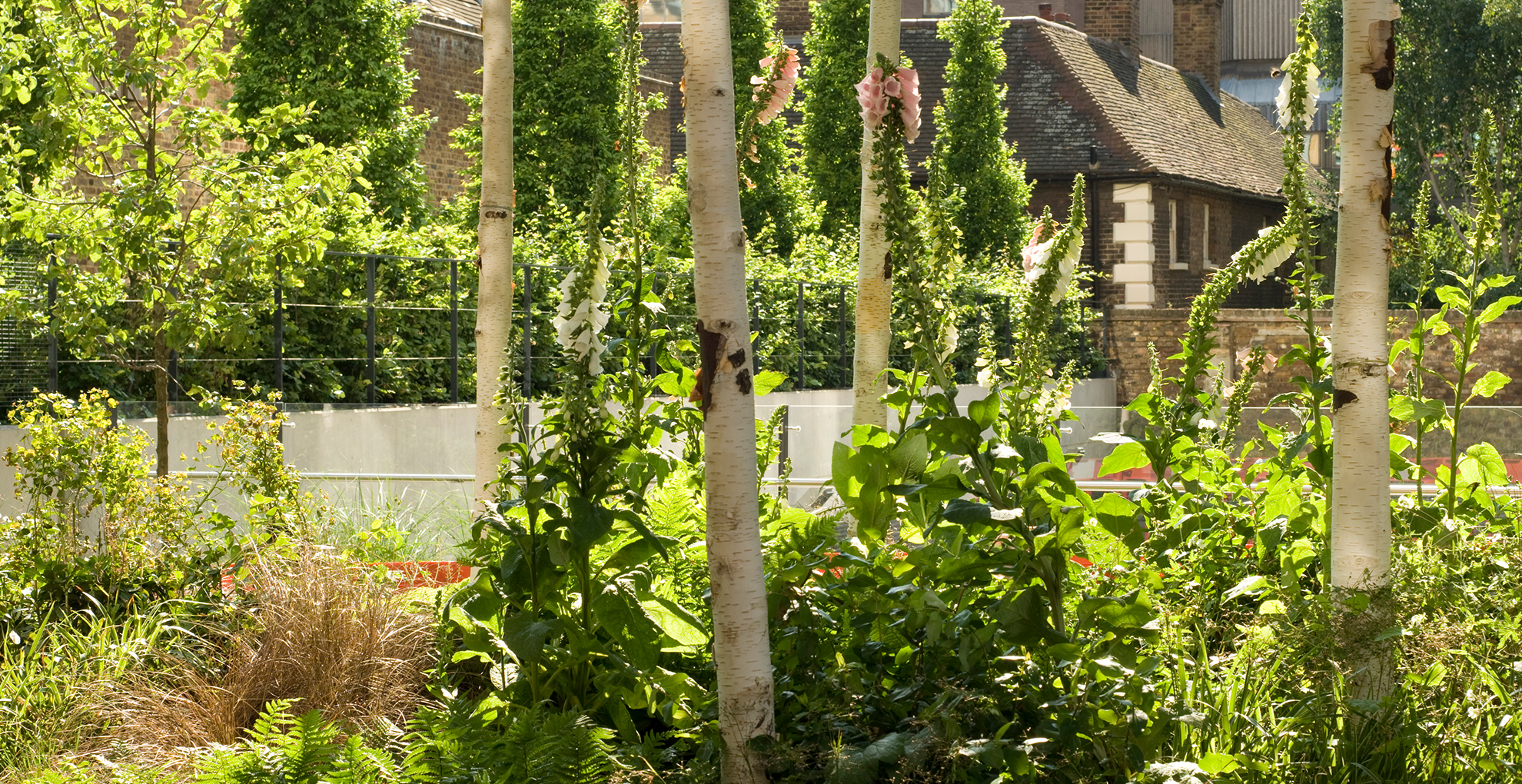
Using trees and plants to your advantage is the most natural way to shade your home. Think how successful the art of privacy planting is for sheltering your space, it's much the same principle for 'shadescaping'.
“Design is important here so growing plants and trees close to your home and by windows can offer the most shade and stop the sun’s rays from beaming inside," says Becky.
Benefitting from current garden trends we suggest embracing native plants. "But be conscious about how they use water and how they’d handle hotter climates," says Becky. "Native plants are already suited to their local climate so they use less energy and water to grow. It also helps preserve and grow the local biodiversity of organisms that live and use these plants."
"As the climate continues to get hotter, you might want to look at plants and trees that are built for the future such as succulents which require little water to maintain.
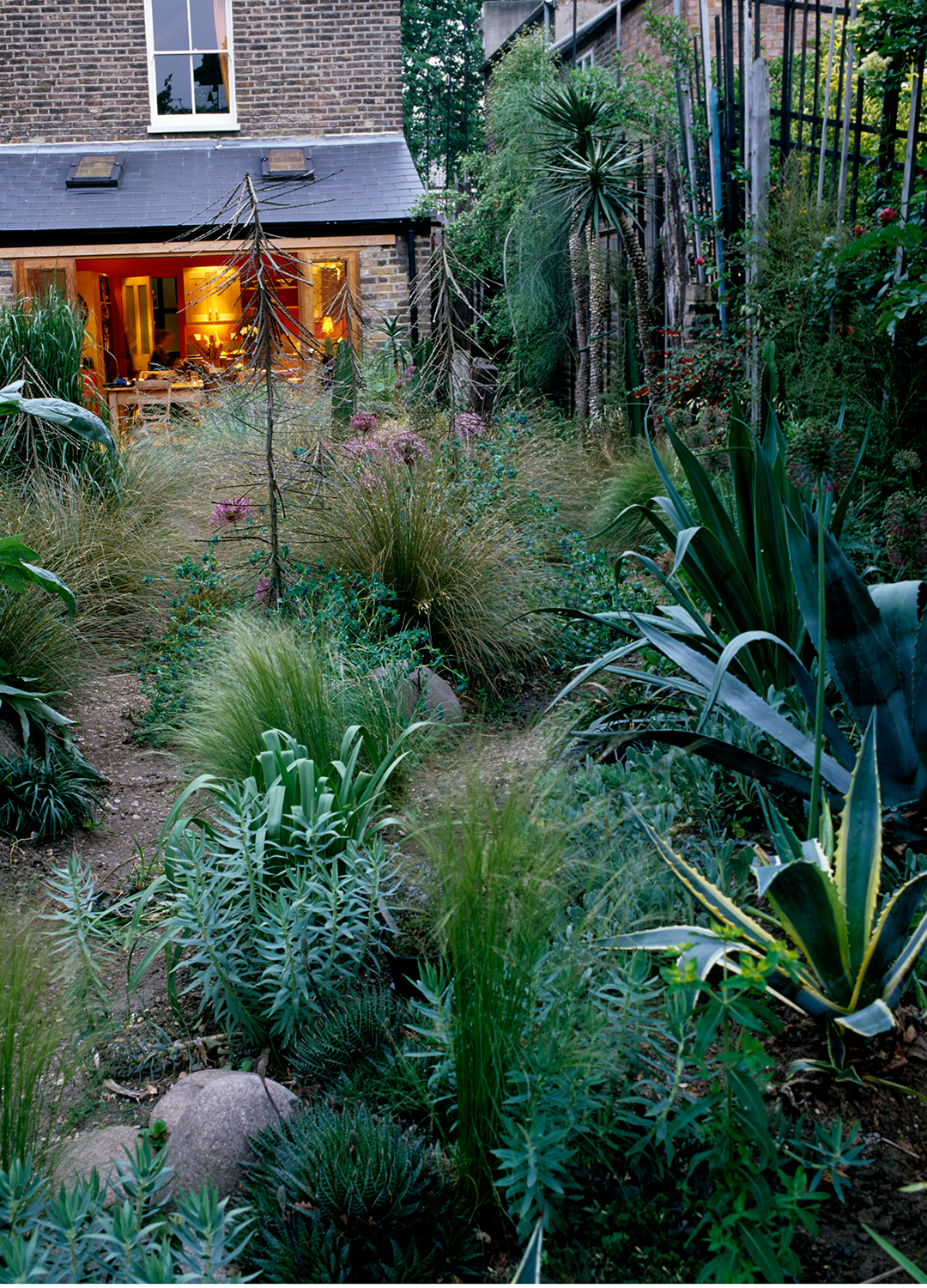
“In terms of the types of tree to use, evergreens tend to be a safe bet, although you may want to let sunlight in during colder months in which case Silver Birches can be a good option, or Ash trees are easy enough to grow and maintain.”
"However, plant them too close and you can risk the roots posing a threat to the property foundations so to shadescape effectively you must consider what these trees and plants will look like and how big their roots are in years to come."
2. Implement shades and awnings
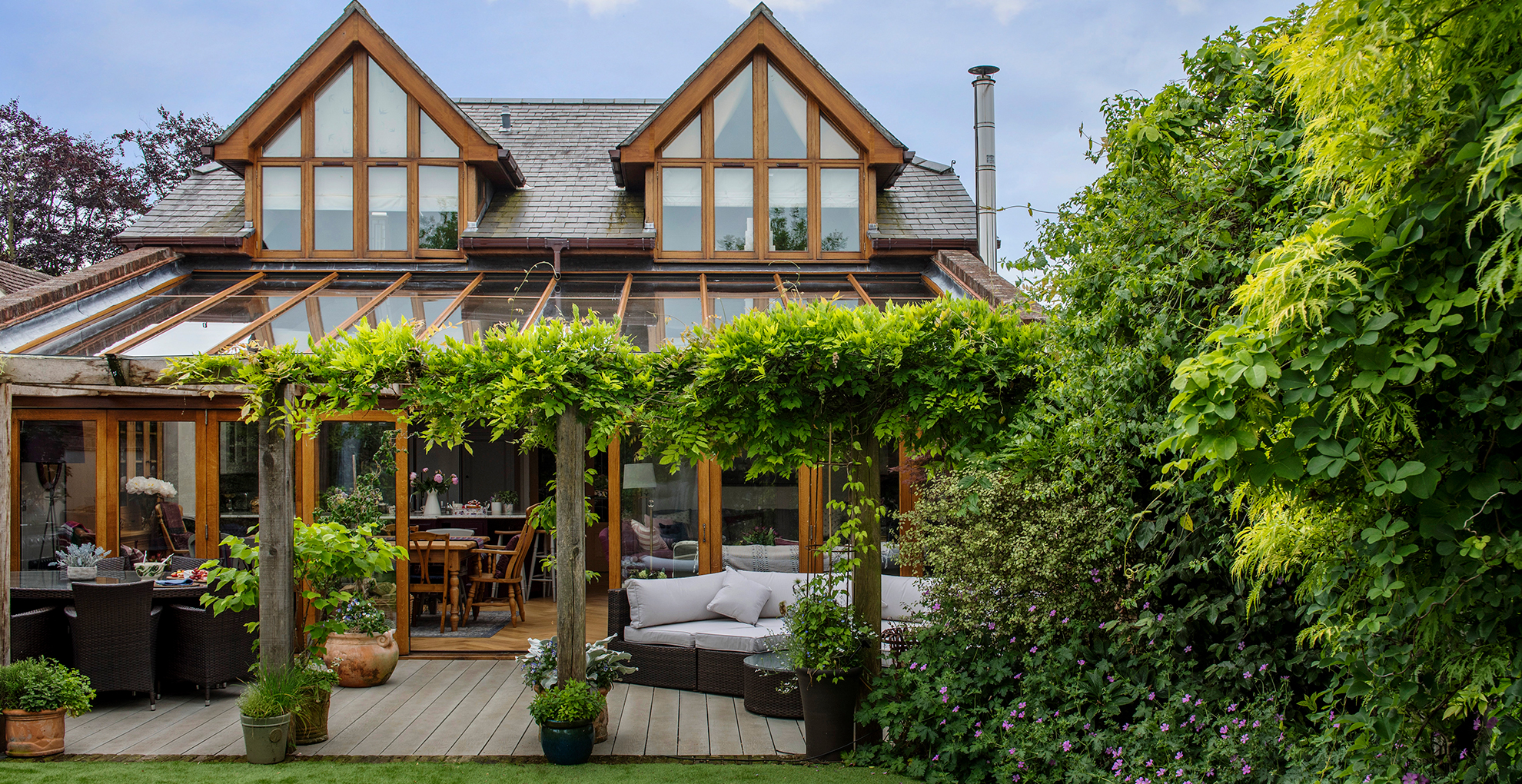
Using awnings to shade windows is a classic garden shade idea, one that is incidentally incredibly useful to keep a bedroom cool to restrict the build-up of direct sunlight heating the room throughout the day. By restricting rays beaming through windows you are helping to keep the inside temperature cooler.
“Adding an awning to your garden is a brilliant way to keep the immediate area outside your home shaded from the sun, especially if you have a south-facing garden," says Becky.
"If you have bifold, french doors or patio doors which separate a room from the garden and it’s in full sun, the heat will pass through. By shading the direct area outside it will help to stop the sun’s rays from seeping through. Awnings will also provide plenty of glare protection even if it's a low-lying sun.”
3. Consider a green roof
Green roofs, also known as living roofs, offer a unique natural form of shadescaping. The vegetative roofs are an eco-friendly installation that welcomes a multitude of benefits, including improved energy efficiency and support for the rewilding garden trend to support wildlife and biodiversity.
"These roofs consist of a layer of vegetation and soil, providing a living, green cover on top of buildings," Becky explains. "Green roofs help enhance energy efficiency in multiple ways."
Find out everything you need to know before installing a green roof, as one of our garden experts shares her insights.
“Firstly, they provide additional insulation, acting as a thermal barrier that reduces heat transfer between the building and the environment. This insulation helps keep the building cooler in the summer and warmer in the winter, reducing the need to use your boiler.
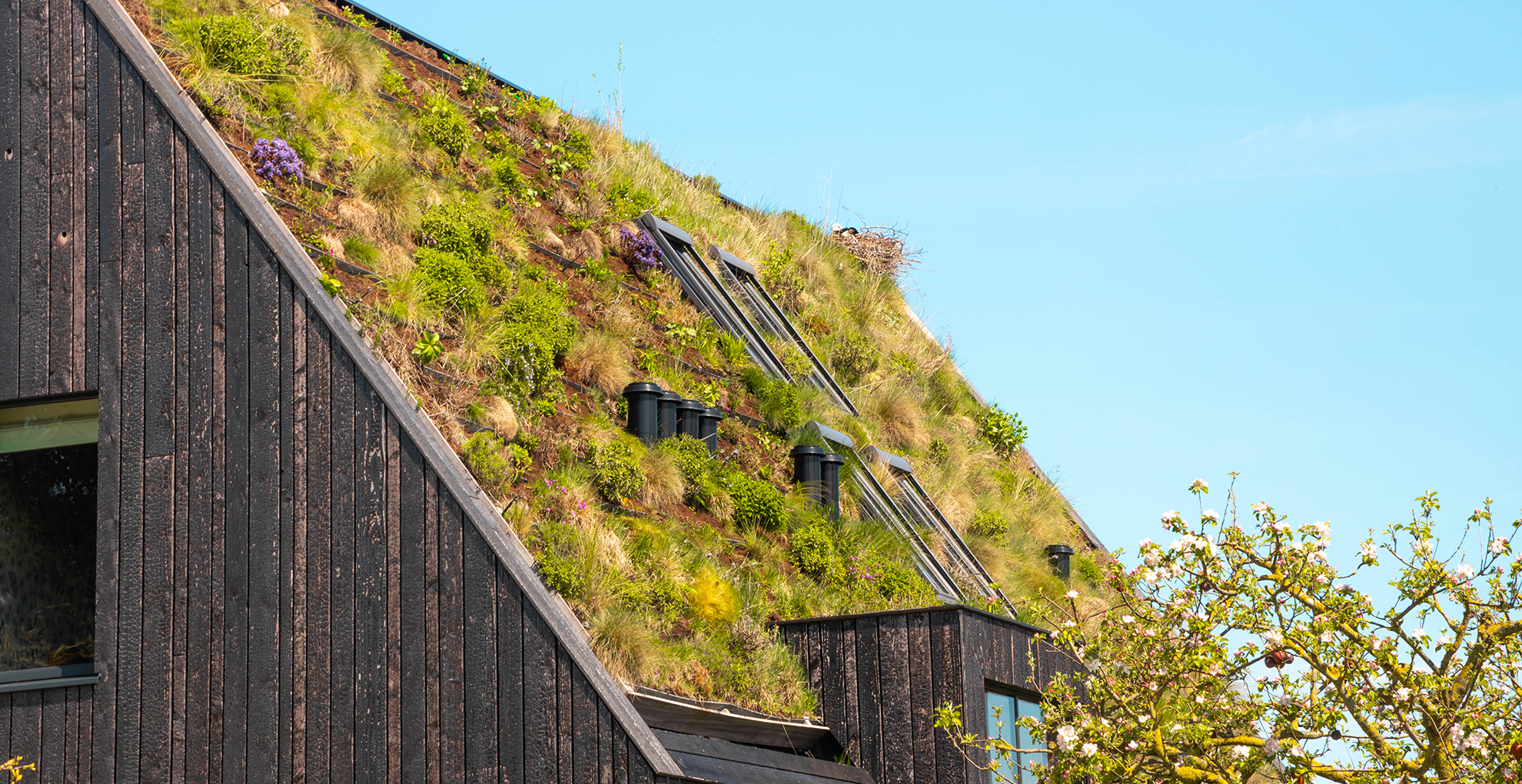
Explaining why green roofs are helpful for rainscaping garden trends Becky adds: “Additionally, green roofs absorb and retain rainfall, reducing stormwater runoff and easing the burden on drainage systems. By minimising the urban heat, greenhouse effect," says Becky.
"By enhancing natural cooling, green roofs prove to be a pretty sustainable, energy-efficient way to run your home. It’s so popular, that the EU has it as law that 17% of new builds need to include a green roof in future building planning.”
With experts warning that 2024 is shaping up to be a record-breaking year of high temperatures, it's likely to be a way of life to which we'll have to adapt.
Shadescaping isn't the only way to make living with warmer temperatures more manageable, according to Becky, proper insulation is a crucial consideration. She says: “Well-insulated properties would also be better prepared for a future of more frequent and intense heat waves.”

Tamara is a highly experienced homes and interiors journalist with a career spanning over 22 years. Now the Lifestyle Editor of womanandhome.com, she previously spent 18 years working with the style teams at Country Homes & Interiors and Ideal Home. With these award-winning interior teams, she gained a wealth of knowledge and honed her skills and passion for styling and writing about every aspect of lifestyle and interiors.
A true homes and interiors expert, Tamara has been an ambassador for leading interior brands on multiple occasions, including appearing on Matalan’s The Show and presenting at top interior trend forecasting events such as the Autumn Fair and Spring Fair.